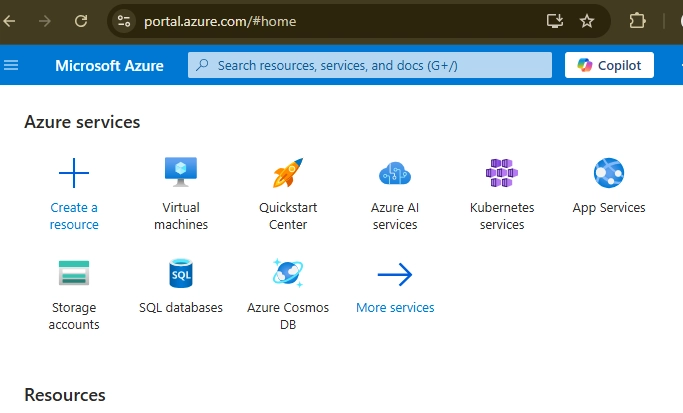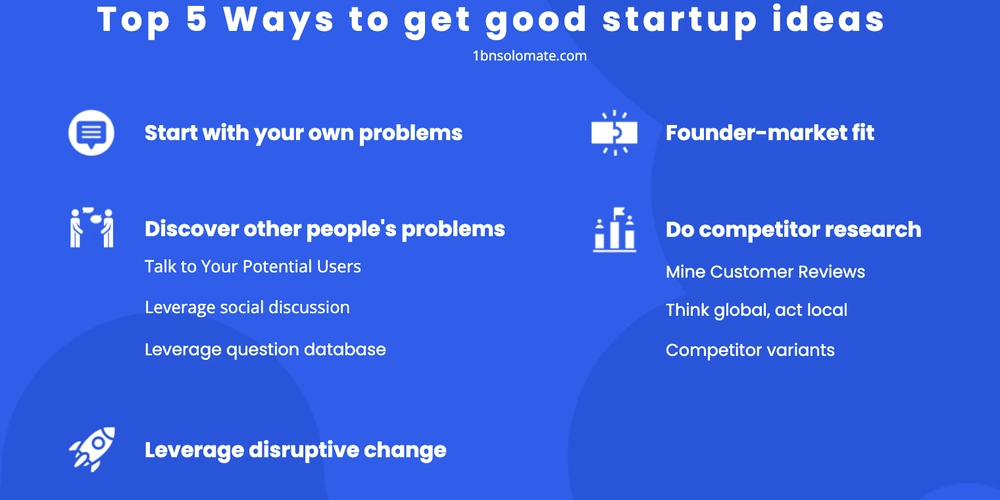How to Integrate API: A Simple Guide for Beginners
The API (application programming interface) allows the very greater power of the modern web, applications to communicate and share data. Whether you are receiving weather updates, integrating the payment gateway, or building an AI-powered Chatbot, enable API developers to reach out to external services without strengthening the wheel. If you are a beginner and want to discover ways to integrate APIs effectively, this manual will walk you through the basics, give an explanation for unique styles of APIs, and provide real-world examples with code snippets. 1. What is an API, and why is it Important? An API acts as a bridge between various software applications, enabling them to communicate using a set of predetermined rules. The APIs simplify complex processes by allowing developers to reach functionality from third party services without the need to understand their internal workings. For example, when you book an online flight, APIs get data from the airline database and display seats available in real time. Key Benefits of APIs: Efficiency: It saves development time by leveraging existing services. Scalability: Enables applications to grow by integrating new functionalities. Security: Provides controlled access to data and services. Interoperability: Allows different systems to communicate seamlessly. 2. Understanding API Types and How They Work There are different types of APIs based on how they function and how they are used: a) REST API (Representational State Transfer) Uses HTTP methods like GET, POST, PUT, and DELETE for communication. Returns data in JSON or XML format. Commonly used for web services like weather apps, social media, and payment gateways. Example request to fetch user details from an API: import requests response = requests.get("https://api.example.com/users/123") print(response.json()) b) SOAP API (Simple Object Access Protocol) Uses XML-based messaging. It is often used in enterprise-level applications like banking and healthcare. Example SOAP request: 123 c) GraphQL API Allows flexible querying, fetching only the required data. Used in applications like GitHub, Shopify, and Facebook. Example GraphQL request: { user(id: "123") { name email orders { id total } } } 3. Getting Started with API Integration To integrate an API into your project, follow these steps: Step 1: Read the API Documentation Before using an API, carefully read the API documentation. It provides details on available endpoints, authentication methods, and request/response formats. Step 2: Obtain API Credentials Many APIs require authentication using API keys, OAuth tokens, or JWT (JSON Web Token). Example of passing an API key in a request: import requests api_key = "your_api_key_here" url = "https://api.example.com/data" headers = { "Authorization": f"Bearer {api_key}" } response = requests.get(url, headers=headers) print(response.json()) Step 3: Make API Requests APIs use different HTTP methods to perform actions: GET → Fetch data. POST → Send data. PUT → Update data. DELETE → Remove data. Example of sending data using a POST request: import requests url = "https://api.example.com/users" data = { "name": "carry Doe", "email": "carrydoe@example.com" } response = requests.post(url, json=data) print(response.json()) Step 4: Handle API Responses APIs return responses in different formats. The most common is JSON. Example response from an API: { "status": "success", "user": { "id": 123, "name": "John Doe", "email": "johndoe@example.com" } } Handling errors in Python: if response.status_code == 200: print("Success:", response.json()) else: print("Error:", response.status_code, response.text) 4. API Authentication Methods a) API Key Authentication The API key is sent as a header or query parameter. Example using headers: headers = {"Authorization": "Bearer your_api_key"} requests.get(url, headers=headers) b) OAuth Authentication They are more secure than API keys. Commonly used by Google, Facebook, and Twitter. Example OAuth token exchange: requests.post("https://api.example.com/oauth/token", data={"client_id": "xxx", "client_secret": "yyy"}) 5. Best Practices for API Integration Use Environment Variables → Store API keys securely instead of hardcoding them. Rate Limiting Awareness → Some APIs have limits on the number of requests per second. Error Handling → Implement retries for failed requests. Security Measures → Always use HTTPS and validate responses. Example of environment variable usage: import os api_key = os.getenv("API_KEY") 6. Real-World API Integration Example: Weather API Let's integrate a weather API to fetch real-time weather updates. Step 1: Sign Up for

The API (application programming interface) allows the very greater power of the modern web, applications to communicate and share data. Whether you are receiving weather updates, integrating the payment gateway, or building an AI-powered Chatbot, enable API developers to reach out to external services without strengthening the wheel.
If you are a beginner and want to discover ways to integrate APIs effectively, this manual will walk you through the basics, give an explanation for unique styles of APIs, and provide real-world examples with code snippets.
1. What is an API, and why is it Important?
An API acts as a bridge between various software applications, enabling them to communicate using a set of predetermined rules. The APIs simplify complex processes by allowing developers to reach functionality from third party services without the need to understand their internal workings.
For example, when you book an online flight, APIs get data from the airline database and display seats available in real time.
Key Benefits of APIs:
- Efficiency: It saves development time by leveraging existing services.
- Scalability: Enables applications to grow by integrating new functionalities.
- Security: Provides controlled access to data and services.
- Interoperability: Allows different systems to communicate seamlessly.
2. Understanding API Types and How They Work
There are different types of APIs based on how they function and how they are used:
a) REST API (Representational State Transfer)
- Uses HTTP methods like GET, POST, PUT, and DELETE for communication.
- Returns data in JSON or XML format.
- Commonly used for web services like weather apps, social media, and payment gateways.
Example request to fetch user details from an API:
import requests
response = requests.get("https://api.example.com/users/123")
print(response.json())
b) SOAP API (Simple Object Access Protocol)
- Uses XML-based messaging.
- It is often used in enterprise-level applications like banking and healthcare.
Example SOAP request:
123
c) GraphQL API
- Allows flexible querying, fetching only the required data.
- Used in applications like GitHub, Shopify, and Facebook.
Example GraphQL request:
{
user(id: "123") {
name
email
orders {
id
total
}
}
}
3. Getting Started with API Integration
To integrate an API into your project, follow these steps:
Step 1: Read the API Documentation
Before using an API, carefully read the API documentation. It provides details on available endpoints, authentication methods, and request/response formats.
Step 2: Obtain API Credentials
Many APIs require authentication using API keys, OAuth tokens, or JWT (JSON Web Token).
Example of passing an API key in a request:
import requests
api_key = "your_api_key_here"
url = "https://api.example.com/data"
headers = {
"Authorization": f"Bearer {api_key}"
}
response = requests.get(url, headers=headers)
print(response.json())
Step 3: Make API Requests
APIs use different HTTP methods to perform actions:
- GET → Fetch data.
- POST → Send data.
- PUT → Update data.
- DELETE → Remove data.
Example of sending data using a POST request:
import requests
url = "https://api.example.com/users"
data = {
"name": "carry Doe",
"email": "carrydoe@example.com"
}
response = requests.post(url, json=data)
print(response.json())
Step 4: Handle API Responses
APIs return responses in different formats. The most common is JSON.
Example response from an API:
{
"status": "success",
"user": {
"id": 123,
"name": "John Doe",
"email": "johndoe@example.com"
}
}
Handling errors in Python:
if response.status_code == 200:
print("Success:", response.json())
else:
print("Error:", response.status_code, response.text)
4. API Authentication Methods
a) API Key Authentication
The API key is sent as a header or query parameter.
Example using headers:
headers = {"Authorization": "Bearer your_api_key"}
requests.get(url, headers=headers)
b) OAuth Authentication
- They are more secure than API keys.
- Commonly used by Google, Facebook, and Twitter.
Example OAuth token exchange:
requests.post("https://api.example.com/oauth/token", data={"client_id": "xxx", "client_secret": "yyy"})
5. Best Practices for API Integration
- Use Environment Variables → Store API keys securely instead of hardcoding them.
- Rate Limiting Awareness → Some APIs have limits on the number of requests per second.
- Error Handling → Implement retries for failed requests.
- Security Measures → Always use HTTPS and validate responses.
Example of environment variable usage:
import os
api_key = os.getenv("API_KEY")
6. Real-World API Integration Example: Weather API
Let's integrate a weather API to fetch real-time weather updates.
Step 1: Sign Up for an API Key
Get an API key from OpenWeatherMap.
Step 2: Make a Request
import requests
api_key = "your_api_key_here"
city = "London"
url = f"http://api.openweathermap.org/data/2.5/weather?q={city}&appid={api_key}"
response = requests.get(url)
print(response.json())
Step 3: Extract Useful Data
data = response.json()
temperature = data["main"]["temp"]
weather_description = data["weather"][0]["description"]
print(f"Temperature: {temperature}°C, Weather: {weather_description}")
7. Common API Integration Challenges and How to Overcome Them
Challenge 1: API Rate Limits
- Many APIs restrict the number of requests per second.
- Solution: Implement caching and retry mechanisms.
Challenge 2: Authentication Errors
- Incorrect API keys or expired tokens can cause failures.
- Solution: Always verify credentials before making requests.
Challenge 3: Data Format Issues
- APIs may return unexpected data structures.
- Solution: Always validate responses before processing data.
- Conclusion Integrating APIs allows you to leverage powerful third-party services, automate processes, and enhance your applications. By understanding API fundamentals, authentication methods, and best practices, you can efficiently connect your app to external data sources.
Now that you have a strong foundation, try experimenting with different APIs and see how they can transform your projects!













































































































































































![[The AI Show Episode 142]: ChatGPT’s New Image Generator, Studio Ghibli Craze and Backlash, Gemini 2.5, OpenAI Academy, 4o Updates, Vibe Marketing & xAI Acquires X](https://www.marketingaiinstitute.com/hubfs/ep%20142%20cover.png)


























































































































![[FREE EBOOKS] The Kubernetes Bible, The Ultimate Linux Shell Scripting Guide & Four More Best Selling Titles](https://www.javacodegeeks.com/wp-content/uploads/2012/12/jcg-logo.jpg)



![From drop-out to software architect with Jason Lengstorf [Podcast #167]](https://cdn.hashnode.com/res/hashnode/image/upload/v1743796461357/f3d19cd7-e6f5-4d7c-8bfc-eb974bc8da68.png?#)






































































































.png?#)





.jpg?#)































_Christophe_Coat_Alamy.jpg?#)








































































































![Rapidus in Talks With Apple as It Accelerates Toward 2nm Chip Production [Report]](https://www.iclarified.com/images/news/96937/96937/96937-640.jpg)







































































































































